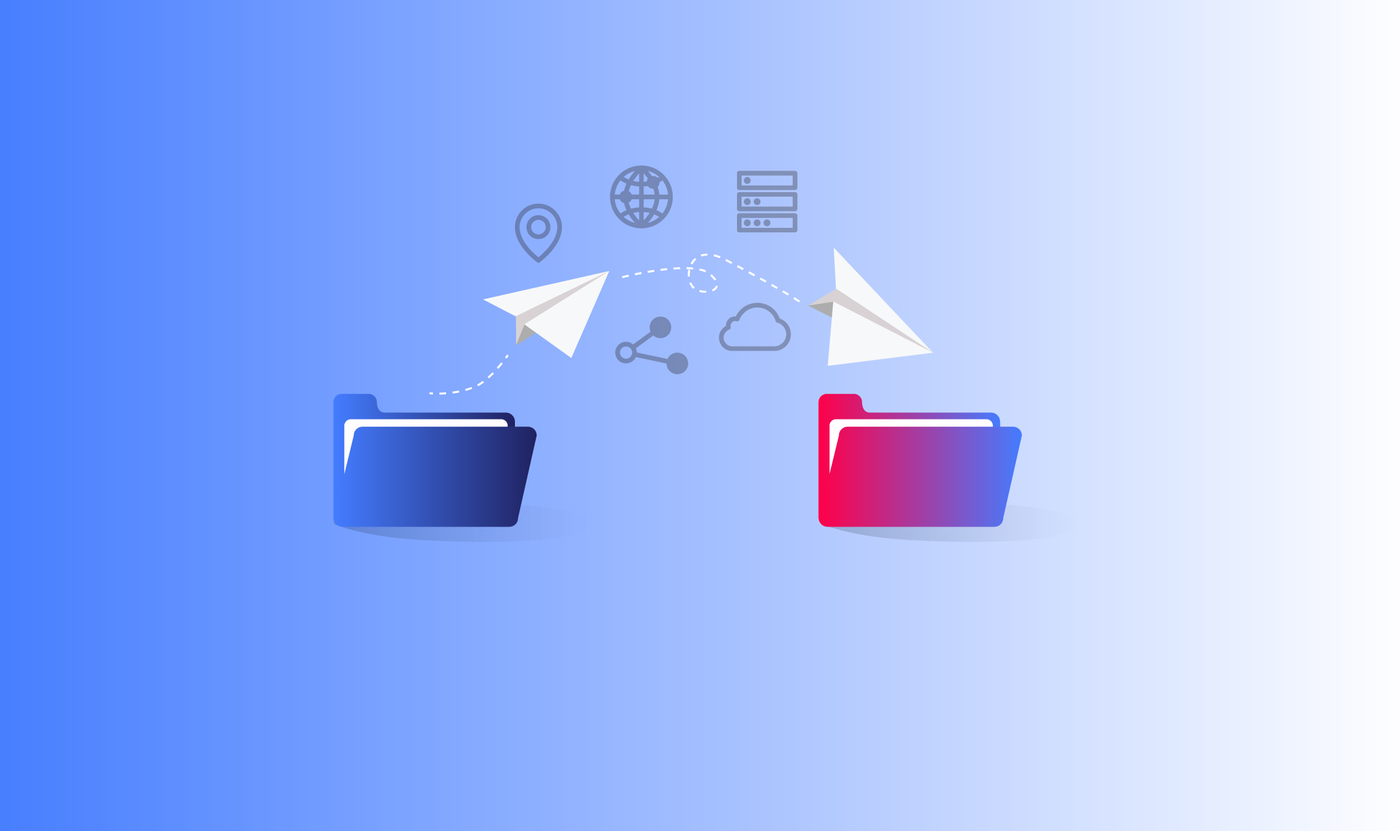Cloud-to-Cloud Data Migration Trends in 2023

Global Enterprises have adopted the cloud as an initial step in their digital transformation journey. But it has become more difficult than ever to meet the growing needs of tech-enabled and digital-first customers. Hence companies decide to move some or all of their cloud data to another cloud via data migration tools for better customer experience and efficiency.
For example, a company might decide to move files from Dropbox to Google Drive due to the complete cloud offerings in Google Workspace, including Gmail, Calendar, Meet, etc., along with cloud storage.
This article covers the top trends for cloud-to-cloud data migration in 2023.
Table of Contents
Automation of the Migration Process
Automating the cloud-to-cloud data migration process results in easier and faster data transfer, reducing the risk of data loss or errors. It can provide reliable results across multiple cloud environments, especially in executing repetitive tasks. In addition, it frees up time for the IT team to focus on higher-priority tasks. Automating the cloud migration process also helps minimize business disruptions and overcome skill scarcity to perform migrations.
Increased Use of APIs
Application Programming Interfaces (APIs) are an increasingly popular and critical part of any cloud data migration project. APIs are interfaces that help connect two different applications or systems and enable communication between them.
Cloud migration APIs help automate the end-to-end process by completing the setup, moving the data files, tracking the progress, and triggering status updates when migrating files from one cloud to another. (For example, transferring files from Dropbox to SharePoint Online).
Multi-cloud and Hybrid Cloud Adoption
Multi-cloud and hybrid cloud adoption are on the rise, calling for intelligent data migration software to handle diverse data transfer scenarios between public and private clouds. The key drivers behind a multi-cloud strategy are flexibility, high performance, and agility to be open to rapid change in the competitive market.
Data Governance and Security
As companies store sensitive customer data, handling them securely in cloud-to-cloud data migration is crucial. Complying with data regulation, data sovereignty, and security policies is of utmost importance, irrespective of how it is transferred (either through cloud servers or dedicated private servers). It requires abiding by the country’s laws where the data is collected. For example, companies operating from the UK and other European nations must comply with GDPR law.
Cloud-Native Migration
Legacy or monolithic applications have tightly coupled underlying technology stacks and cannot be migrated to a multi-cloud environment. As a result, organizations have begun creating cloud-native apps with scalable microservices-based components that are easier to migrate than traditional ones.
It has made cloud-native data migration increasingly prevalent to migrate cloud-native apps.
Machine learning and Analytics for Migration
Machine learning models and analytics accelerate cloud migration and make it smarter. For example, machine learning can automate repetitive migration tasks like user mapping, data profiling, etc., and help reduce human errors through unmatched accuracy. In addition, analytics in cloud-to-cloud migration assists organizations in making better-informed decisions based on insights from data patterns and predictions.
Edge computing and IoT data migration
There is tremendous growth in the Internet of Things (IoT) and Edge computing. It can be noticed that IoT devices are now being used everywhere, from home usage (Alexa, Google Home Voice controller, etc.) to industrial needs (Smart manufacturing machines and farming devices). These IoT devices collect massive amounts of data and store it on the network’s edge rather than in public clouds. It is mainly due to huge data volume, minimizing latency, and compliance with data governance policies.
This growth in IoT and edge computing have resulted in a demand for new technologies that support migrating these data to the cloud.






